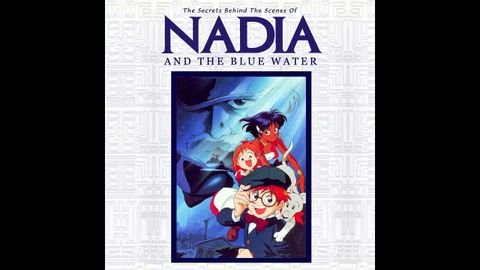
Subtitles & vocabulary
The Secrets Behind the Scenes of Nadia and the Blue Water - Part 1
00
阿多賓 posted on 2014/02/01Save
Video vocabulary
episode
US /ˈɛpɪˌsod/
・
UK /'epɪsəʊd/
- Noun
- One separate event in a series of events
- Show which is part of a larger story
B1TOEIC
More series
US /ˈsɪriz/
・
UK /ˈsɪəri:z/
- Noun (Countable/Uncountable)
- Set of stories or articles on a particular subject
- A number of things, events, or people of a similar kind or related nature coming one after another.
- Noun (plural)
- Number of things that happen one after another
A1TOEIC
More show
US /ʃo/
・
UK /ʃəʊ/
- Verb (Transitive/Intransitive)
- To be easily seen or displayed
- To display your emotions or feelings
- Noun
- False display of love, emotion or action
- An event for displaying or promoting goods
A1
More cast
US /kæst/
・
UK /kɑ:st/
- Noun (Countable/Uncountable)
- People who appear in a play or movie
- Small amount of a particular color
- Transitive Verb
- To give specific roles to actors in a movie, play
- To describe someone's personality or character
A2
More Use Energy
Unlock All Vocabulary
Unlock pronunciation, explanations, and filters
